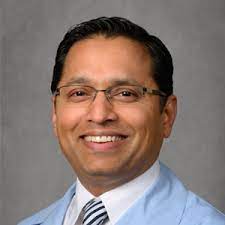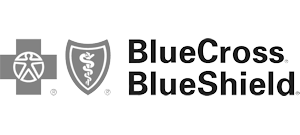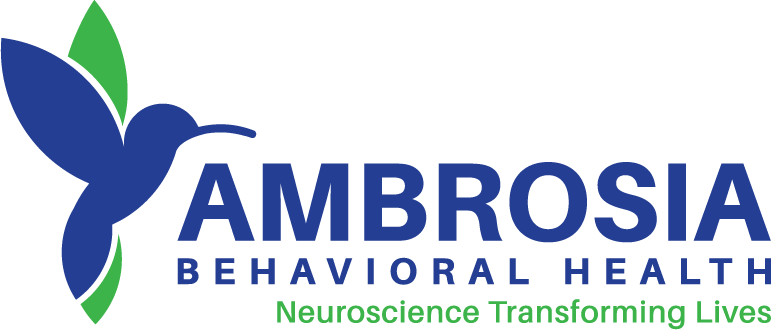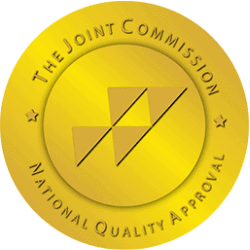OCD Treatment in South Florida
Neuroscience Institute treats OCD through a mixture of therapy, medication, and holistic strategies. We design these interventions to address every facet of your condition, setting you up for long-term recovery. Our therapy sessions and other healing activities are offered in different settings to ensure your specific needs are met. By attending our individualized OCD treatment in South Florida, you can learn how to manage your symptoms and regain control over your thoughts and behaviors, so you can live an overall happier life.
OCD is triggered by fears and anxiety that are often considered to be irrational. These feelings cause people to adopt certain compulsions and behaviors that they believe will prevent their fears from coming to fruition, even if it adds stress to their lives. There are several types of OCD. These include:
- Checking OCD. An obsession with repeatedly checking objects such as alarm clocks, locks, or security systems.
- Contamination OCD. The fear of dirty environments or objects, resulting in the compulsion to clean.
- Symmetry and order OCD. Usually marked by a compulsion to have objects in a perfect line or order.
- Ruminations and intrusive thoughts. Characterized by sudden and uninvited thoughts.
Signs and Symptoms of OCD
It is important to know the signs and symptoms of OCD, so you can notice them within yourself or others. Some people might have one or more types of OCD or exhibit cross-over symptoms. The typical indicators and symptoms of obsessive-compulsive disorder include:
- Emphasizing a certain order or taking an action a specific number of times
- Excessive hand washing
- Hoarding
- Irrational worry about the safety or health of yourself or your loved ones
- Phobia of contamination or germs
- Repetitive checking
- Constant awareness of normal body functions such as blinking, breathing, or swallowing
- Intrusive, often disturbing thoughts
- Compulsive cleaning or organizing
Causes of OCD
- Hereditary Factors. If you have family members with OCD, you are at a greater risk of developing it.
- Trauma or excessive stress. Experiencing traumatic events or undergoing severe stress might make you more susceptible to intrusive thoughts or impulsive behaviors.
- Chemical Make-up. A cause of OCD might be associated with changes in the brain or hormone levels.
- Co-occurring disorders. Other mental health disorders such as anxiety, substance use disorder, depression, and PTSD often relate to the development of OCD.
- Learned behaviors. Some people develop OCD after watching their close family and friends exhibit symptoms of the disorder.
Benefits of Getting OCD Treatment
Anytime a mental health condition is impacting someone as deeply as OCD tends to, it is absolutely imperative to try to determine what the root cause of the OCD is. Traditional talk therapy allows individuals to speak with professionals who can help them figure out why their OCD is occurring so that they can begin utilizing the appropriate coping skills. In some cases, addressing the underlying causes of OCD can provide significant results, potentially even helping to reduce the intensity of symptoms dramatically.
Those who have OCD know how it feels to keep their thoughts to themselves. Their thoughts can make them feel like something is truly wrong with them, so talking about it with others isn’t always an option out of fear of judgment. But, sitting down with a trained therapist gives those with OCD a safe space to air our their thoughts and actually speak about them. Verbalizing troublesome thoughts is often the first step in overcoming the fear that lives inside them.
OCD is a difficult mental health condition to live with. But, when treatment is obtained, it can get better much faster. That is because during treatment, individuals will begin learning new ways to cope with OCD so that their symptoms do not control their lives. Developing coping skills gives individuals confidence and reassurance that with some effort, they can live happy lives free from the compulsions that come along with OCD.
Risks of Untreated OCD
- Inability to make progress at school or work
- Substance abuse
- Social withdrawal
- Damaged relationships
- Financial hardship
Ultimately, OCD is a treatable disorder. Effective OCD treatment in South Florida can drastically improve your quality of life and brighten your future.
Therapies Used in OCD Treatment
- Individual, group, and family therapy sessions
- Eye movement reprocessing and desensitization therapy (EMDR)
- Cognitive-behavioral therapy (CBT)
- Dialectical behavior therapy (DBT)
- Neurofeedback therapy
- Medications (such as SRIs and SSRIs)
- Yoga and meditation
- Massage therapy and acupuncture
- Outdoor activities
- Nutritional guidance and planning
Levels of Care For OCD Treatment
- Residential Treatment Program. This option features continuous treatment services and structure. Clients live at the facility, away from the chaos of their normal life. Residential treatment is great for those who want to focus on healing in an immersive environment.
- Intensive Outpatient Program (IOP). In an IOP, clients attend treatment several days a week for a few hours a day. This program gives clients the freedom to live in the comfort of their home environment while in treatment. It provides less structure and more flexibility than a residential treatment program, allowing clients to still take care of family and attend work and school on a regular basis.

How To Find OCD Treatment in South Florida
- Safe and supportive environment. It is important to feel welcomed, safe, and supported in a comfortable environment.
- Experienced and compassionate staff. All staff members should share a commitment to providing quality treatment in an atmosphere that promotes respect and personal empowerment.
- Long-term support. You should be provided with a detailed discharge plan as well as encouraged to remain engaged with a supportive alumni network.
- Alternative treatment options. It is essential that OCD treatment facilities offer fun activities such as yoga, outdoor adventures, and massage therapy.
Begin OCD Treatment in South Florida Today

Dr. Alam is an internationally renowned psychiatrist with academic affiliations with Northwestern University and University of Illinois, Chicago where he completed his residency training. He has been a principal investigator for over forty studies and has been involved in research leading to the approval of most psychiatric medications currently on the market. He is the founder of the Neuroscience Research Institute which continues to conduct research on cutting edge medication and interventional psychiatry. Dr. Alam is a Distinguished Fellow of the American Psychiatric Association and the American Society of Addiction Medicine. He has won several awards and has been featured extensively on radio and television.








